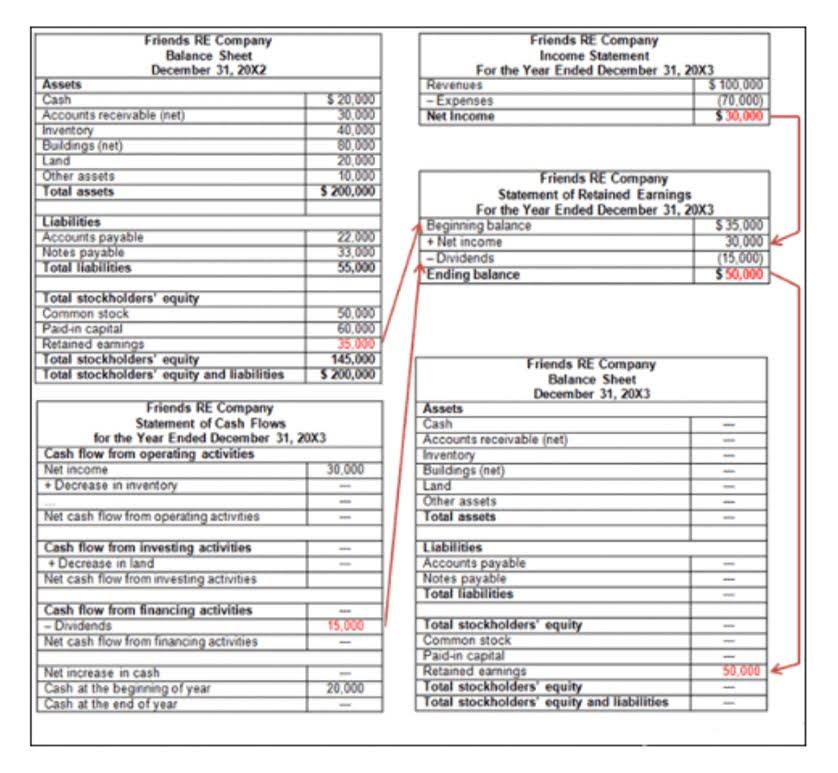Change In Net Working Capital: Formula, Calculations & Guide
VI MEĐUNARODNI TABOR PLANINARA
July 20, 2022Dani dijaspore 2022
August 11, 2022
When this happens, it may be easier to calculate accounts receivables, inventory, and accounts payables by analyzing the past trend and estimating a future value. A negative change in NWC indicates that current liabilities have grown faster than current assets, potentially signaling liquidity issues. Businesses should investigate the root causes, such as delayed payments from customers or increased supplier invoices. Accounts Receivable Outsourcing Because NWC is simply the amount required by the company to run its business operations smoothly.

Accounts Receivable Solutions

Since the growth in operating liabilities is outpacing the growth in operating assets, we’d reasonably expect the change in NWC to be positive. However, negative working capital could also be a sign of worsening liquidity caused by the mismanagement of cash (e.g. upcoming supplier payments, inability to collect credit purchases, slow inventory turnover). Even though the payment obligation is mandatory, the cash remains in the company’s possession for the time being, which increases its liquidity. To calculate the change in net working capital (NWC), the current period NWC balance is subtracted from the prior period NWC balance. Understanding the change in net working capital is vital for businesses to maintain financial stability. By using this calculator and understanding the formula, businesses can make informed decisions to manage their finances effectively.

Application Management

HighRadius offers a cloud-based Treasury and Risk software that streamlines and automates treasury operations, including cash forecasting, cash management, and treasury payments. We have empowered the world’s leading companies, like Danone, HNTB, Harris, and Konica Minolta, to optimize their cash forecasting accuracy, make decisions faster with real-time bank data, and reduce bank fees. Change in net working capital refers to the differences in the liquidity of the company. As in, it is a measure of if the company will be able to pay off its current liabilities with the assets in hand.
- Therefore, working capital serves as a critical indicator of a company’s short-term liquidity position and its ability to meet immediate financial obligations.
- The working capital ratio is a method of analyzing the financial state of a company by measuring its current assets as a proportion of its current liabilities rather than as an integer.
- For instance, suppose a company’s accounts receivables (A/R) balance has increased YoY, while its accounts payable (A/P) balance has increased under the same time span.
- But from an owner’s point of view, you must have to calculate changes in working capital based on the cash flow statement approach.
Management
Software companies generally tend to have a positive change in working capital cash flow because they do not have to maintain an inventory before selling the product. As it so happens, most current assets and liabilities are related to operating activities (inventory, accounts receivable, accounts payable, accrued expenses, etc.). The Incremental Net Working Capital (NWC) measures the percent change in a company’s operating current assets and current liabilities relative to its change in revenue. A changes in nwc formula positive calculation shows creditors and investors that the company is able to generate enough from operations to pay for its current obligations with current assets. A large positive measurement could also mean that the business has available capital to expand rapidly without taking on new, additional debt or investors.
What is the Net Working Capital Ratio?
If you went through everything in this article up to this point to truly understand what the CHANGE means, Buffett is simply talking about the importance of cash flows due to working capital. Apple, being more focused on the hardware side than Microsoft, should show a negative change in working capital. Or even if it is positive, should require more capital than Microsoft to grow in absolute terms. If the change in working capital is positive, the company can grow with less capital because it is delaying payments or getting the money upfront.
- Based on the computed NWC figures, the current operating liabilities of the company exceed the current operating assets.
- These two last sentences are also the key to calculating owner earnings properly which I get to further below.
- With those figures in hand, a clearer picture of your company’s health begins to emerge.
- The Change in Net Working Capital (NWC) Calculator is a financial tool designed to help businesses and financial analysts track changes in a company’s short-term liquidity position.
- Put together, managers and investors can gain critical insights into a business’s short-term liquidity and operations.
- Often, “net working capital” is simply shortened to “working capital,” and they can be taken to mean the same thing.
- The change in net working capital refers to the difference between the net working capital of a company in two consecutive periods.
- Positive changes indicate improved liquidity, while negative changes may suggest financial strain.
- Net working capital, often abbreviated as NWC, is like a financial health report card for a business.
- In this blog, we will dive into net working capital, learn how to calculate it correctly, and see why it’s crucial for a company’s financial well-being.
- Company management uses this metric to fine-tune operational strategies, such as optimizing inventory levels, managing accounts receivable collection periods, and negotiating favorable payment terms with suppliers.
Only when there are big differences in changes in working capital will you see a divergence between FCF and owner earnings. Since the change in working capital is positive, you add it back to Free Cash Flow. I was too caught up with whether it should be excluded or included and how to calculate it. Buffett’s brief mention of working capital in his letter when he first brought up the idea of owner earnings honestly made things even more confusing.
- This example shall give us a practical outlook of the concept and its ebbs and flows.
- With enough net working capital, a company might be able to keep its operations afloat and avoid running into financial trouble.
- This metric shows how a company’s short-term liquidity position shifts over a specific timeframe, typically a fiscal quarter or year.
- A positive change in net working capital indicates that a company has either increased its current assets relative to its current liabilities or decreased its current liabilities relative to its current assets.
- For example, an increase in NWC might indicate improved liquidity, while a decrease could signal challenges in managing short-term obligations.
- The change is $270,000 (2024 NWC) minus $200,000 (2023 NWC), resulting in a positive change of $70,000.
It indicates whether the short-term assets increase or decrease concerning the short-term liabilities from one year to the next. If the Net Working capital increases, we can conclude that the company’s liquidity is https://www.bookstime.com/ increasing. Some companies have negative working capital, and some have positive, as we have seen in the above two examples of Microsoft and Walmart. Generally, companies like Walmart, which have to maintain a large inventory, have negative working capital. If a company’s change in NWC has increased year-over-year (YoY), this implies that either its operating assets have grown and/or its operating liabilities have declined from the preceding period.
